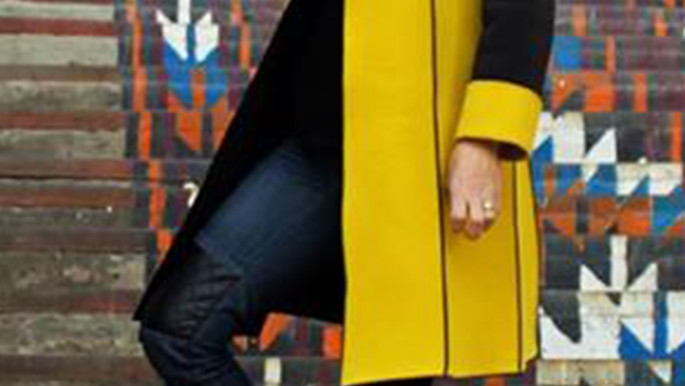New York-inspired 'Humans of Amman' comes into focus
New York-inspired 'Humans of Amman' comes into focus
Feature: The photoblog "Humans of New York" encouraged Jordan-based Ali Alhasani to start capturing everyday life in his city, building a creative space and publishing a book along the way.
3 min read
The project wants to capture stories of ordinary residents of Amman [Humans of Amman]
An accidental discovery on the internet started a Jordanian photographer on the journey of a lifetime.
Ali Alhasani first stumbled across the photoblog Humans of New York in 2012, and was immediately inspired to do the same for his city, Amman.
The Big Apple photoblog, by photographer Brandon Stanton, features portraits and interviews with ordinary New Yorkers, and was later collated into a bestselling book of the same name.
Soon after seeing Stanton's work, Alhasani launched Humans of Amman on Facebook.
Alhasani speaks enthusiastically about Stanton.
Ali Alhasani first stumbled across the photoblog Humans of New York in 2012, and was immediately inspired to do the same for his city, Amman.
The Big Apple photoblog, by photographer Brandon Stanton, features portraits and interviews with ordinary New Yorkers, and was later collated into a bestselling book of the same name.
Soon after seeing Stanton's work, Alhasani launched Humans of Amman on Facebook.
Alhasani speaks enthusiastically about Stanton.
"He started from scratch," he said. "He only took shots of people in New York, but afterwards started talking to them and sharing their stories, along with their portraits."
| At first, I took shots with my phone camera. Sometimes it worked, sometimes it didn't - Ali Alhasani |
Alhasani recalls how he first started Humans of Amman, when he was the only person behind the project.
"It was a modest beginning. I took shots with my phone camera, before I got a standalone camera... sometimes it worked, sometimes it didn't."
Initially, Alhasani would post portraits without captions or information about the people appearing in them. Gradually, however, his work evolved, and Alhasani became more selective, choosing professional shots and adding stories to go with the portraits.
He started adding more detail in mid-2013, he says, and this was a turning point for Humans of Amman. "The project became much more serious afterwards."
The number of followers of Humans of Amman on social media increased almost exponentially.
This was both an opportunity and a challenge for Alhasani.
Several others volunteered to help. Alhasani's team soon grew to 25 people.
"The team now has professional photographers and translators who translate the stories into English, in addition to administrators who post and promote the portraits on Humans of Amman's page on Facebook and Instagram," he says.
 |
|
| Original caption: "I'm running late! I shouldn't have worn heels today!" [Humans of Amman] |
The challenge has been to "continuously update the page with professional content", Alhasani says.
Today, Humans of Amman offers dozens of snapshots featuring forgotten or ignored people in the Jordanian capital, people that no one usually notices or takes interest in.
"Humans of Amman tries to draw attention to the residents of the city and their stories, and the positive or negative experiences that have left their mark on them," Alhasani says.
He says he believes this brings the people of the city closer together and presents an image of "the real Amman" to locals and tourists alike. It is also a way of documenting the daily history of the city and its people, he adds.
Alhasani criticises what he describes as a lack of interest in street photography - a spontaneous approach to photography that shuns previously arranged settings and retouching.
Alhasani now plans to collect the portraits into a Humans of Amman book, which will be published soon.
But his plans do not stop there. Alhasani and his team are also creating an virtual and a physical social space for creativity. The idea is to bring people closer together to solve problems and share resources.
The physical space will be open for anyone to exhibit their photography or artwork, and serve as a meeting place for people to hold workshops, work or relax.
Alhasani says the proceeds generated by this space, which will also be where the Humans of Amman team is based, will go to support the launch of the book.
Alhasani and his team have also started shooting outside Amman, and have bigger plans down the road. "We want to travel to other world cities and document life there in text and images."
Translated and edited by Karim Traboulsi



